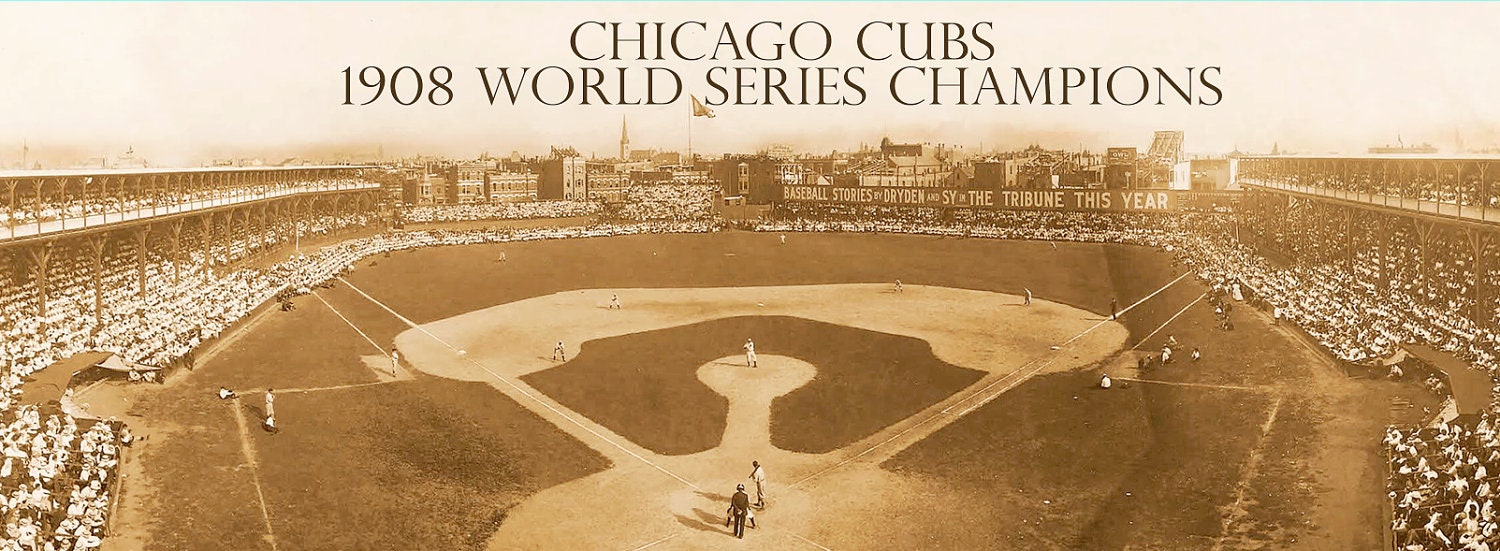The offseason signing of World Series champion left-hander
John Lester gives hope to the north side for competitive years to come in a
tough National League Central division.
106 years and counting since the last World Series win for the Cubs.
However, many people forget that before winning the World Series in 1908, the
Cubs were also champions in 1907, making them the first ever back-to-back world
champs. The Boston Americans won the
first ever World Series in 1903 and won the championship in 1904, but there was
no World Series against the National League champion New York Giants because of
a contradiction preseason agreement.
As part of the original eight National League teams in 1876,
the then White Stockings won the first ever National League pennant with a
52-14 record. Over the next 15 years, Chicago changed its name from the White
Stockings to the Colts, then Orphans, before coming the Cubs in 1903 on the
senior circuit. That same year the American League became an equal league and
an arrangement to have a World Series between the league’s two best teams was
agreed upon.
While the Orphans finished under .500 in the previous three
years, the Cubs finished 82-56 in 1903. The Pittsburgh Pirates would represent the
National League and hoist the new trophy in the first ever World Series against
the Boston Americans. 90+ wins for the Cubs during the next two years would
lead them to 116 wins in 1906, the most ever regular season wins by a team
until it was matched by the 2001 Seattle Mariners. 1906 was the first ever
Windy City World Series as the White Sox knocked off the Cubs in six games with
only a four-run margin between the teams.
1907 would be the year.
It would also become the first World Series appearance for Ty Cobb and
the Detroit Tigers. The first game went
12 innings, but ended in a 3-3 tie due to the game being called for darkness.
The Georgia Peach and club would not score more than one run a game the rest of
the series as the Cubs took it all in a 4-0 sweep,
wrapping up the series with a 2–0 victory on "Three-fingered" Mordecai Brown's seven-hit
shutout.
The Chicago Cubs were back-to-back champions, atop the
baseball world with future Hall of Famers Frank Chance and Mordecai Brown
leading the way. The Cubs would win 104
games the next two years, and stay above .500 until 1914, however they would only
win 90+ games 12 times over the next 100 years. The Cubs have had their chances
in those years, going to the World Series seven different times between
1910-1945, but lost every one of them.
Baseball is better when the Cubs are spirited and
captivating. The Cubs might be known as a losing franchise with a charming and historic
ballpark, but they are also an organization with strong history and tradition.




